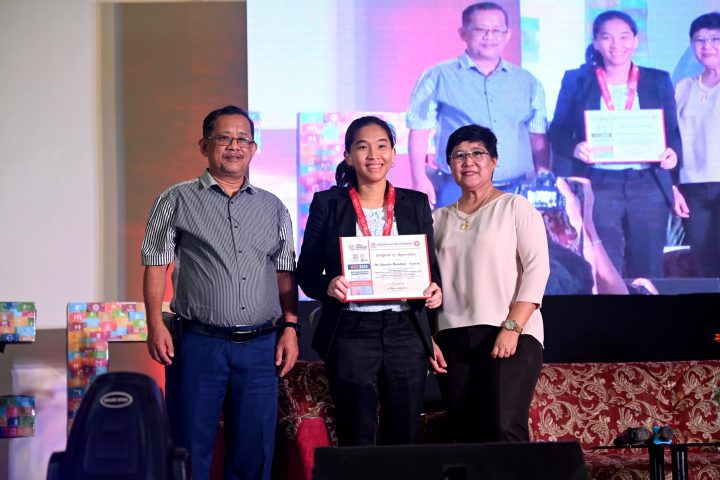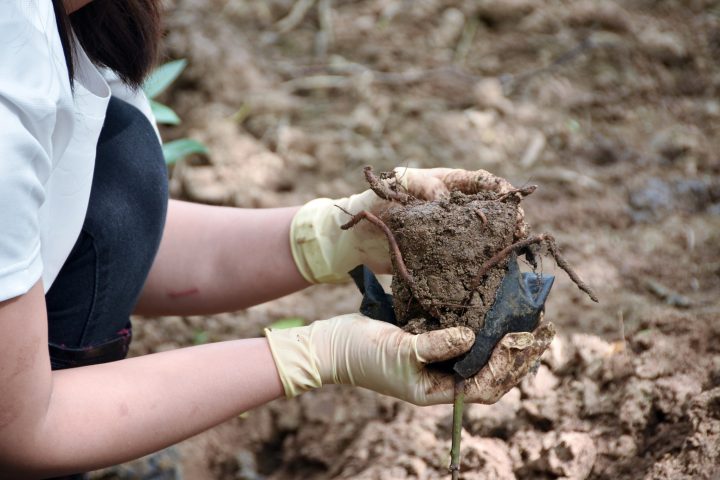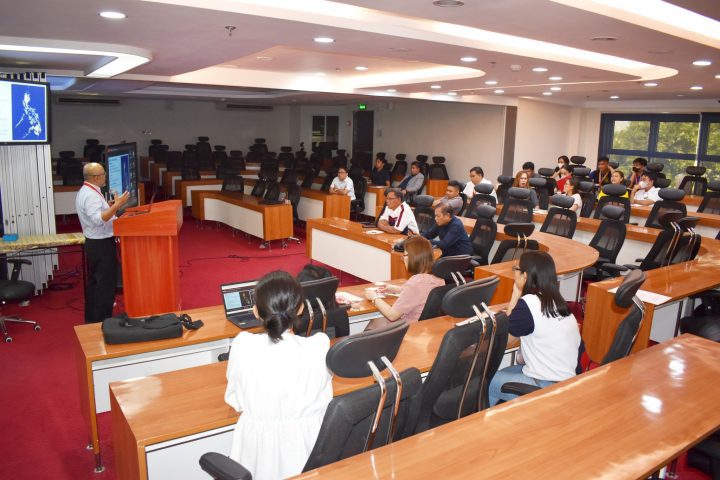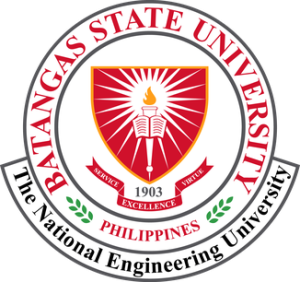In this paper an FPGA-based radio transceiver that operates on a frequency band from unused TV white space – specifically 512 MHz – 518 MHz – is presented. The investigation was done to introduce an application of TV white space and FPGA hardware in creating a communication system for disaster rescue operations and in hopes...
Tag: 13
A Machine Vision Approach for Nitrate Sufficiency Determination in Aquaponic Lettuce via Leaf Color Recognition
Aquaponic systems are popular as sustainable food production methods, however it also experiences challenges in terms of monitoring the nutrient levels, specifically nitrate sufficiency. In this study a new method is proposed to monitor the nitrate sufficiency in aquaponic systems using leaf color recognition. To do this, a state-of-the-art deep learning algorithm is utilized, the...
SDG forum and exhibit on WED 2023
Centered on the theme “Leadership in Collaborative Innovations for a Stronger Nation” Supreme Student Council (SSC) Alangilan, the Office of Student Organizations, the Center for Innovations in Engineering Education (CIEE), and the College of Engineering organized the Sustainable Development Forum on the second day of celebrating the World Engineering Day 2023. The forum shed light...
CTE graduate students to promote accessible education through SDGs
With over 400 public and private school teachers and administrators, DEPSA and FAMAS, both graduate student organizations of College of Teacher Education successfully held a webinar on Sustainable Development Goals (SDGs). The focus of the webinar was to revitalize graduate students’ awareness of the SDGs with a special emphasis on fostering accessible and quality education...
BatStateU joins in planting 5000 mangrove saplings
Over 5,000 mangrove saplings were added to the Lagadlarin Mangrove Forest at Lobo, Batangas. Being a calamity-prone country, mangrove forests can act as a powerful natural defense in our coastal area. It decreases the risk of flooding and erosion and most importantly, absorbs the storm surge impacts during extreme weather events such as typhoons. The...
BatStateU advances climate action with expert lecture
To better craft a climate change action plan inclusive of the university’s needs and resources, BatStateU Action Center and Center for Sustainable Development invited Dr. Marte Gutierrez, a J.R Paden Distinguished Professor in the Department of Civil and Environmental Engineering at the Colorado School of Mines, USA to share his expertise on climate change mitigation...
DevCom, CSD collab for SDG exhibit
BS Development Communication students in collaboration with the Center for Sustainable Development staged a one-day exhibit that highlighted the University’s sustainable initiatives in the achievement of the 17 UN SDGs. DevCom students featured various sustainability efforts through a wide array of IEC materials such as pamphlets, brochures, dioramas, charts, and diagrams as well as videos...
BatStateU drafts Sustainability Policy Guidelines
Batangas State University (BatStateU), through its Center for Sustainable Development, facilitated the draft presentation of the “BatStateU Policy Guidelines for Sustainable Development” on November 25, 2022. The event was held at the Seminar Room, 5th Floor of the SSC II Building, BatStateU-Pablo Borbon Campus. The initiative aligns with the university’s commitment to sustainability and supports...
BatStateU Integrated Response Drone (BIRD): A Hybrid Unmanned Vehicle for Disaster Response
Drones, or Unmanned Aerial Vehicles (UAVs), are already being utilized to help people in need worldwide. In this report, the authors designed an unmanned vehicle composed of a flight mechanism & power supply, frame, and different payloads for different missions. These also include the design of different landing gears that are mechanically replaceable depending on...
Fusing compressed deep ConvNets with a self-normalizing residual block and alpha dropout for a cost-efficient classification and diagnosis of gastrointestinal tract diseases
The challenging task of diagnosing gastrointestinal (GI) tracts recently became a popular research topic, where most researchers performed extraordinary feats using numerous deep learning (DL) and computer vision techniques to achieve state-of-the-art (SOTA) diagnostic performance based on accuracy. However, most proposed methods relied on combining complex computational methods and algorithms, causing a significant increase in...










